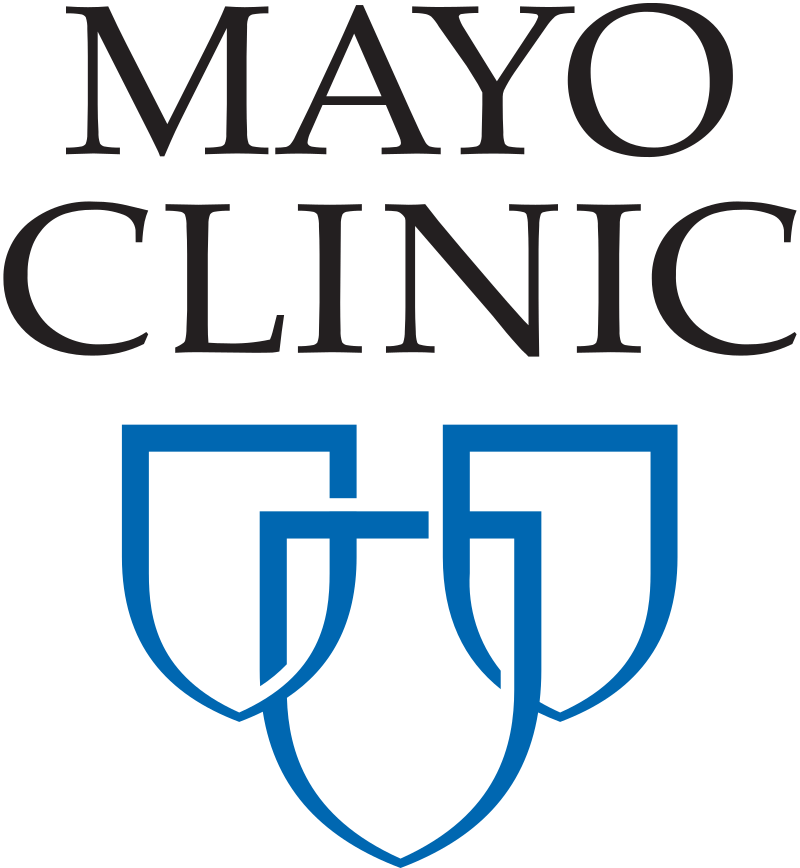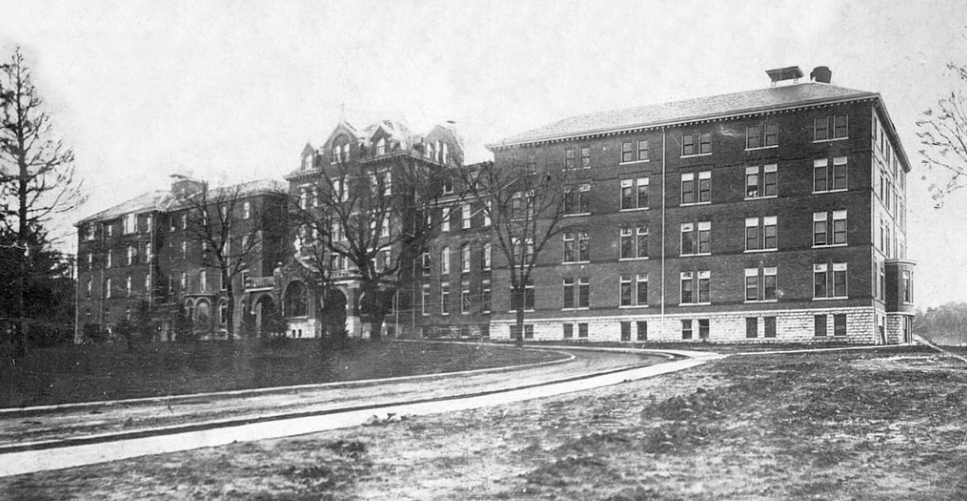Mayo Clinic has built medical practice and enviable reputation for more than a hundred years. It focuses on integrated research, education, and health care. It employs around 58,400 allied and administrative health staff and over 4,500 scientists and physicians across three prime campuses: Phoenix/Scottsdale, Arizona; Jacksonville, Florida; and Rochester, Minnesota.
Mayo Clinic was founded 157 years ago on 27th January 1864. Its founders were William James Mayo, Augustus Stinchfield, Henry Stanley Plummer, E. Star Judd, William Worrall Mayo, Charles Horace Mayo, Christopher Graham, Melvin Millet, and Donald Balfour. The headquarters of Mayo Clinic is in Rochester, Minnesota.
In March 1914, the organization officially took the name Mayo Clinic. The three divisions of Mayo Clinic include Mayo Clinic Laboratories, Mayo Clinic Health System, and Mayo Clinic College of Medicine and Science. As per the report of 2018, the total assets of Mayo Clinic were $17.305 billion, and revenue was $12.603 billion.
People all around the globe regard Mayo Clinic as one of the best places for illness treatment. Moreover, it secures the top position in the hospital rankings.
The core values and extraordinarily committed staff of Mayo Clinic are what makes it so famous in the world. The hospital keeps the needs of its patients at priority. Everybody who works here has the goal to meet the needs of its patients in their minds. The doctors of Mayo Clinic are available day and night to help people.
Core Operations That Make Mayo Clinic So Famous
1. Research
Mayo Clinic researchers contribute to best clinical practices, translation of discoveries from the laboratory to the clinical practice, and understanding disease processes. As of 2018, research personnel included 4,027 full-time research personnel, 766 doctors actively involved in the research, and 254 full-time scientific faculty.
In 2018, there were 12,760 ongoing human research studies and 3,067 institutional review board-approved human research studies. In recent years, the statistics have improved a lot more across the three campuses of Mayo Clinic.
2. Patient Care
More than 1.2 million different patients from 138 countries and 50 states were seen in 2018 at one of the Mayo Clinic provisions. Several patients in Mayo Clinic are referrals from smaller hospitals and clinics across the United States and the upper Midwest. Moreover, it offers highly professional medical care.
The Mayo Clinic doctors get fixed salaries, not linked to income from fee-for-service payments or patient volume. It is to lower the monetary motivation of the physicians to check patients in excessive numbers.
3. Education
Established in 1915, the Mayo Clinic College of Medicine and Science offers educational programs nested in biomedical research and Mayo Clinic’s clinical practice activities. MCCMS consists of five recognized schools.
Mayo Clinic’s Rankings
As per the annual list of U.S. News & World reports of top hospitals, Mayo Clinic is named the best hospital. In Minnesota, Florida, and Arizona, Mayo Clinic is ranked No. 1.
Mayo Clinic ranked No. 1 in the following six specialties as well:
- Gastroenterology and GI surgery
- Gynecology
- Neurosurgery and neurology
- Endocrinology and diabetes
- Geriatrics
- Nephrology
In addition to these, Mayo Clinic ranked No. 2 in orthopedics, urology, pulmonology, cardiology, and heart surgery and ranked No. 3 in cancer. It ranked No. 4 in throat, nose, and ear.
As compared to other providers, Mayo Clinic has more No. 1 ranking based on patient safety, technology, reputation, nurse staffing and Magnet status, mortality index, patient services, and other factors.
Conclusion
Well-trained staff, core values, expert doctors, and scientists make Mayo Clinic famous among patients universally. It values the needs of its patients and puts them on the top of their priority list. The physicians and staff are available 24 hours to help/guide people coming with their problems and illnesses.


